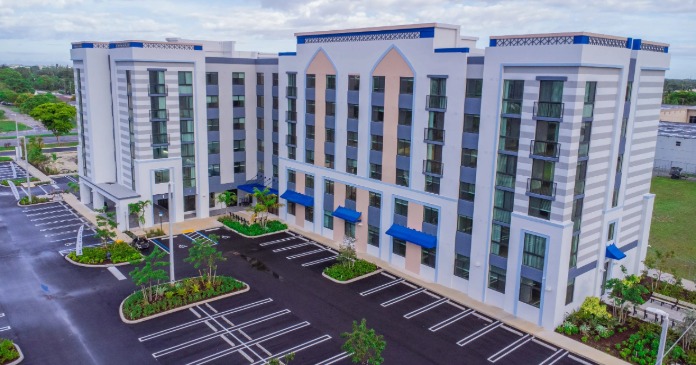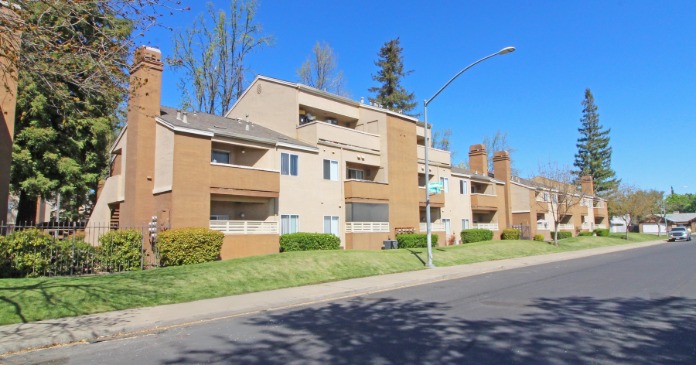The changes, which include consolidating multifamily hubs nationwide and closing 16 smaller offices, affect approximately 900 of the Departments’ 9,000 employees.
While implementation will begin this fall, completion of the entire restructuring process is expected to take approximately two-and-a-half-years. Throughout implementation, HUD leadership will work on an ongoing basis to ensure employees are fully informed, and that all notification requirements for both union and non-union workers are satisfied.
Every affected employee will be offered the opportunity to continue working for HUD, though in some cases in a new location or role.
“The current organizational model for HUD is not sustainable from a financial and a service delivery point of view,” said Maurice Jones, HUD’s deputy secretary. “We are reviewing every aspect of our operation to determine if we have the right people in the right places and we’re determining where we can be even more efficient, to get the most value out of our limited resources. We’re in a different budget environment and we’re at a point where we must make some extremely tough choices. That being said, we certainly understand that this type of change can be challenging for the agency’s employees and we are committed to moving forward on the plan in a way that is sensitive to the needs and concerns of HUD’s staff.”
HUD’s Multifamily Office provides mortgage insurance to HUD-approved lenders to facilitate the construction, substantial rehabilitation, purchase and refinancing of multifamily housing projects, as well as administering a number of project-based rental assistance programs.
The office’s restructuring plan, scheduled to begin this fall, will be fully implemented by 2016. This plan involves streamlining multifamily’s organization in both headquarters and the field, plus implementing several operational improvements. In addition to improving program effectiveness, multifamily estimates that the plan will generate up to $40-45 million in annual savings once implementation is complete.
A key component of the multifamily plan will be consolidating its field employees, who currently work in 50 offices around the country, into ten offices that will report to five multifamily hubs. These hubs will be in New York, Atlanta, Chicago, Fort Worth, and San Francisco, with satellite offices in Boston, Jacksonville, Detroit, Kansas City, and Denver.
This more streamlined model will allow more consistent, efficient processing of loans and servicing of existing assets. Combined with operational improvements in line with industry standards, these changes will help ensure continued high quality work that creates and protects affordable rental housing opportunities.
“Multifamily is one of HUD’s core programs, and this is its first major restructuring since 1998,” said Marie Head, deputy assistant secretary for multifamily housing programs. “We have to change in order to be nimble and keep pace with the marketplace by leveraging technology, reducing our footprint as appropriate, and enhancing customer service in ways that will help ensure that we perform as a 21st century institution.”
HUD’s Office of Field Policy and Management is closing 16 of its 80 field offices this year in a cost-cutting move that is estimated to save the agency between $110 and $150 million over a 10-year period. The closures, which are expected to be completed early in fiscal year 2014, will affect approximately 120 employees.
The small offices that are closing are located in Camden, New Jersey; Syracuse, New York; Orlando, Florida; Tampa, Florida; Springfield, Illinois; Cincinnati, Ohio; Flint, Michigan; Grand Rapids; Michigan; Shreveport, Louisiana; Dallas, Texas; Lubbock, Texas; Tucson, Arizona; Fresno, California, Sacramento; California; San Diego, California and Spokane, Washington. HUD will retain at least one office in each state.
Following the closures, several affected states will still retain more than one office, including California, Texas and New York with three offices each, and Florida and Ohio with two each.
“We looked at where our staffs are and where they need to be in order to make certain we can achieve the greatest possible impact on the people and the places we serve, especially given today’s tough fiscal climate” said Pat Hoban-Moore, HUD’s assistant deputy secretary for field policy and Management. “We can implement this realignment while still serving communities throughout the nation, effectively and efficiently. In addition, we will be focused on making sure staffs in the affected offices have full information on all of their options.”
By closing these offices and undertaking this restructuring, HUD is striving to balance budget reductions and increasing workloads while continuing to focus on giving the agency’s staff the tools necessary to provide high quality service from the remaining office locations.
All employees affected by both the multifamily restructuring and the field policy management office closings will be eligible for relocation assistance, or they can elect to take voluntary separation incentive pay or voluntary early retirement. Every employee is being offered a position with the agency.
“The most difficult part of implementing these changes is the appreciation of the very personal impact they have on employees who have dedicated years of their life to the mission of HUD,” said Deputy Secretary Jones. “Realistically, there is no way to make the kind of structural changes we are talking about without there being some impact on our staff, but, again, we are committed to taking all necessary steps to reduce the negative impact they will feel.”














